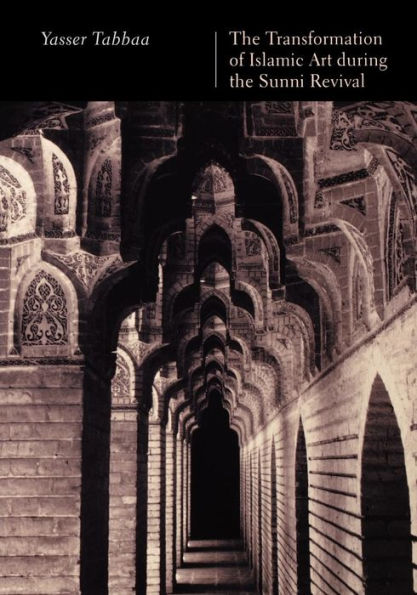5
1
9780295981338


The Transformation of Islamic Art during the Sunni Revival / Edition 1 available in Paperback

The Transformation of Islamic Art during the Sunni Revival / Edition 1
- ISBN-10:
- 0295981334
- ISBN-13:
- 9780295981338
- Pub. Date:
- 07/01/2002
- Publisher:
- University of Washington Press
- ISBN-10:
- 0295981334
- ISBN-13:
- 9780295981338
- Pub. Date:
- 07/01/2002
- Publisher:
- University of Washington Press
30.0
In Stock

Product Details
| ISBN-13: | 9780295981338 |
|---|---|
| Publisher: | University of Washington Press |
| Publication date: | 07/01/2002 |
| Series: | Publications on the Near East |
| Edition description: | New Edition |
| Pages: | 224 |
| Product dimensions: | 7.00(w) x 10.00(h) x 0.48(d) |
| Age Range: | 18 Years |
About the Author
What People are Saying About This
From the B&N Reads Blog
